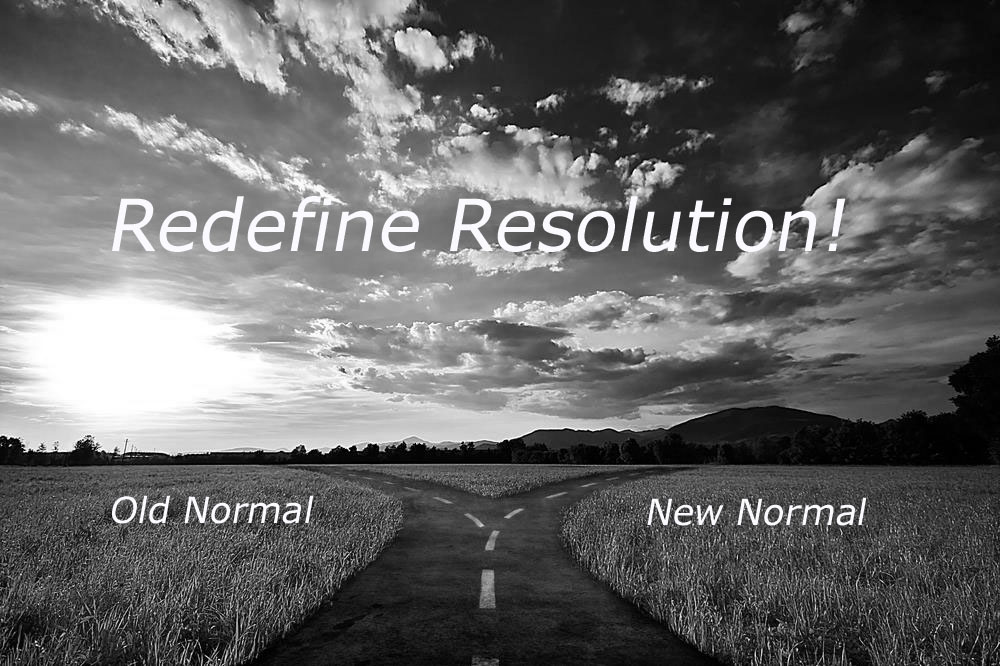Persistence
… is defined as “resolve, strong or determined endurance in a direction of achievement in spite of struggle or obstruction.”
I was recently discussing with a fellow therapist, their frustration with feeling pressure or feeling the expectation to “FIX” a patient within a certain short expected period of time.
Patients and therapists get frustrated when an unachievable level of expectation is placed upon them. This can come from insurance parties, instructors, coworkers; old beliefs and myths that are still accepted and often it can come from the patients themselves.
I’ve heard therapists from various therapy disciplines tout “If I can’t help, fix, cure within 6-8 weeks then we refer you out!” I guess this is one way to not challenge yourself. Sometimes it takes TIME to influence change and for that change to be accepted. Some common sense also needs to be applied to the expectations of accomplishing an “estimated maximal improvement date.”
Manual Therapy is NOT a pill that will FIX your headache instantly… or at least within an hour! Obviously reaching an expected outcome of therapy is dependent on multiple factors; patient compliant with their homework; FID of treatment; types of applications applied; influence of nutrition, sleep, mental-emotional attitude etc…
So when your “date of maximum improvement” is reached and you are nowhere near the goal…. then what? Do you quit? Do you re-adjust your expected end date? Do you refer out? Who do you refer to? Why? Do you believe that someone is more capable than you? Do they have other tools within their scope of practice that you don’t that can benefit your patient? What if this patient is one of “those patients” that have been to see EVERYONE, had EVERYTHING done and NO ONE can figure it out?
One thing I’ve always lived by and accepted is to keep your ego in check, and keep your feet sunk deep into the ground, not just firmly planted. If you know of others who have scopes that differ from yours, ask for help! Maybe their assistance will accelerate a recovery process. You have to ask for help! You can’t do it on your own and you shouldn’t be expected to! Research has shown that patients recover quicker when they are treated by multiple practitioners who are all working towards the same goal, and who communicate with one another. You cannot be expected to be the complete solution to your patients’ complaints, nor should you place that expectation on yourself.
Redefining Resolution
One thing that no one discusses truthfully is that the definition of resolution needs to be redefined. Resolution does not mean complete recovery to a point of pre-injury. That pre-injured state does not exist any longer. A change has been placed into your patients’ tissues. Their physiology has altered, conformed and changed accordingly. There is a level of acceptance that all patients need to be made aware of before and throughout the treatment process. Their OLD NORMAL, most likely is unattainable in many aspects. They now have a NEW NORMAL that they need to adjust their life around.
